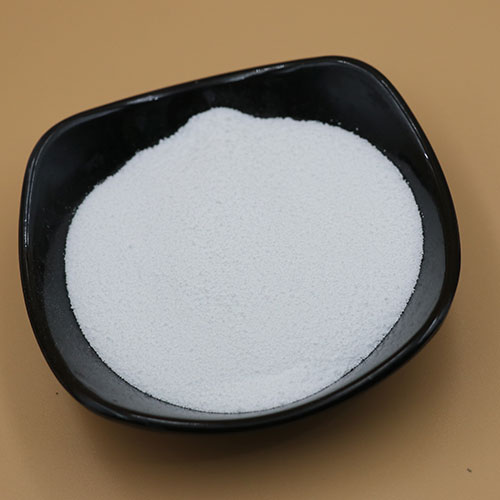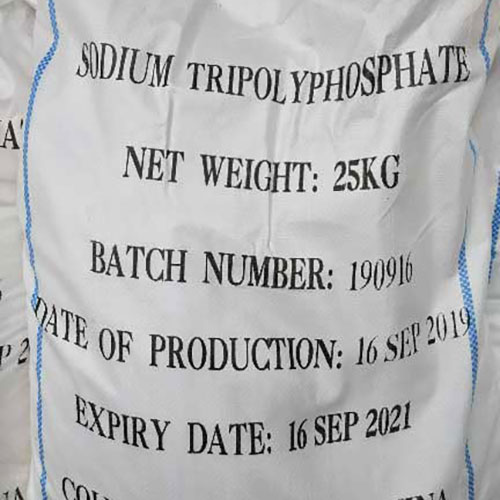Sodium Tripolyphosphate (STPP) is an inorganic compound that is widely used in various industrial and consumer applications. It is a highly versatile chemical with numerous beneficial properties, including its ability to act as a water softener, buffering agent, and emulsifier.
Main Uses of Sodium Tripolyphosphate
STPP is widely used in the detergent and cleaning industries due to its ability to bind to and remove hard water minerals such as calcium and magnesium ions. This makes it an effective ingredient in laundry detergents, dishwashing detergents, and other cleaning products.
In addition to its use in cleaning products, Chemate Sodium Tripolyphosphate is also used in the food industry as a preservative and emulsifier. It helps to keep meat products fresh by preventing bacterial growth, and it also helps to improve the texture and appearance of processed foods.
STPP is also used in the paper and pulp industry as a bleaching agent and as a dispersant for pigments and dyes. It is also used in the oil drilling industry as a lubricant and as a source of phosphorus.

What Are Functions of STPP Used in Detergents
Sodium Tripolyphosphate (STPP) is a key ingredient in many types of detergents, including laundry detergents, dishwashing detergents, and other cleaning products. STPP plays a vital role in these products by helping to remove dirt and stains from clothing and other surfaces.
One of the primary benefits of STPP in detergents is its ability to soften hard water. Hard water contains high levels of calcium and magnesium ions, which can make it difficult for detergents to dissolve and perform effectively. STPP acts as a water softener by binding to these ions and preventing them from interfering with the cleaning process. This makes detergents more effective at removing dirt and stains from fabrics and surfaces.
STPP is also an effective emulsifier, which means that it helps to keep dirt and other particles suspended in the water so that they can be easily rinsed away. This is particularly important in laundry detergents, where dirt and stains can become trapped in the fibers of clothing and bedding. STPP helps to break up these particles and prevent them from re-depositing onto fabrics during the wash cycle.
In addition to its cleaning properties, STPP detergent grade also helps to stabilize detergents and prevent them from breaking down over time. This is important for both the shelf life of the product and its effectiveness in removing dirt and stains from surfaces. STPP also helps to prevent the formation of soap scum and other residues that can build up on fabrics and surfaces over time.

Another benefit of STPP in detergents is its ability to improve the performance of other ingredients. For example, it can enhance the effectiveness of enzymes, which are used in many laundry detergents to break down protein-based stains such as blood and grass. STPP helps to activate these enzymes and make them more effective at removing stubborn stains.
Despite its many benefits, the use of STPP in detergents has come under scrutiny in recent years due to its potential environmental impact. When STPP is released into waterways, it can cause excessive algae growth and other harmful effects on aquatic ecosystems. As a result, many countries have placed restrictions on the use of STPP in consumer products, and there is ongoing research into developing alternative, more environmentally-friendly alternatives.
In conclusion, Sodium Tripolyphosphate (STPP) is a key ingredient in many types of detergents, including laundry detergents and dishwashing detergents. It plays a vital role in these products by helping to soften hard water, emulsify dirt and stains, stabilize the detergent, and improve the performance of other ingredients. While there are concerns about its potential environmental impact, STPP remains an important and widely-used ingredient in the detergent industry. As research into alternative compounds continues, it will be interesting to see how the use of STPP evolves in the years to come.